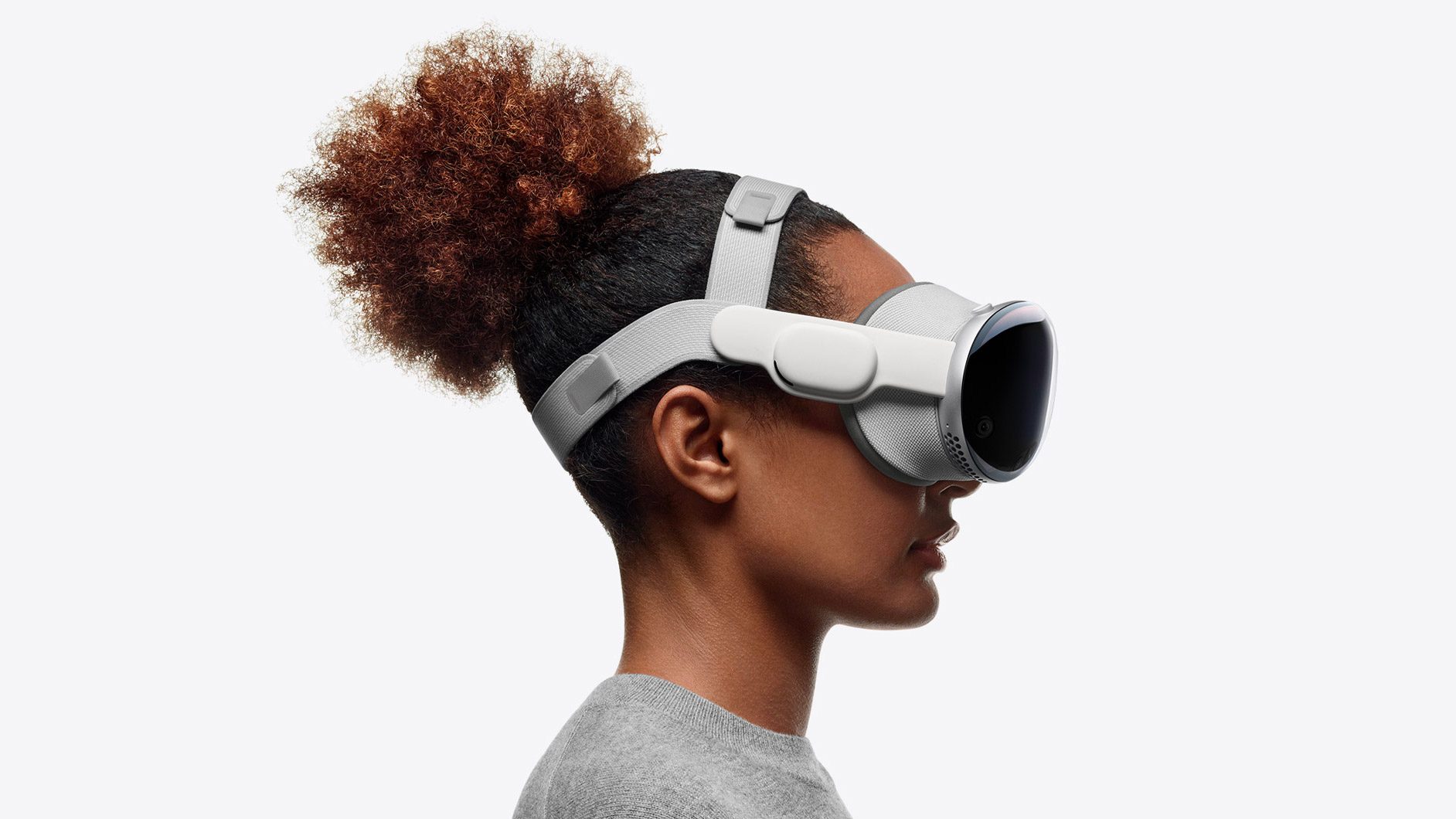If you were wondering how Apple plans to mass market its upcoming Vision Pro mixed reality headset, leading Apple supply chain analyst Ming-Chi Kuo reports that the company is actually looking to make the headset a pretty scarce item from the get-go.
“Apple will produce 60,000 to 80,000 units of Vision Pro for the February 2 release,” Kuo writes in a recent X post. “Since the shipment is not large, I believe that Vision Pro will sell out soon after the release.”
Vision Pro is due to go on pre-sale January 19th at 5AM PT, priced at an eye-watering $3,500—making it far and away the most expensive ‘consumer-focused’ headset in its class.

And while Kuo maintains that Apple Vision Pro isn’t really positioned to appeal to the masses, it’s ultimately not really a big deal for its launch plans:
“Although Apple has not clearly defined the product positioning and key applications of Vision Pro, and there are doubts that the price is not cheap, the user experience (e.g., giving users the illusion that they can control the user interface with their minds) created by the groundbreaking technology innovations, along with the base of core fans and heavy users, should make it easy to sell out after the release,” Kuo says.
To put that into perspective, iPhone accounted for 52% of the company’s annual $383.2 billion revenue in 2023, while Mac only accounted for a little over 7% of sales—still over $29 billion. An upper sales volume of 80K Vision Pro units, even at a projected $280 million in revenue, is closer to a rounding error for the company.
Provided Kuo’s analysis is true, this would make for one of Apple’s most ‘artisanal’ products at launch. Granted, at that price it’s likely only hardcore Apple acolytes and would-be software developers will jump on board, the latter of which no doubt will be looking to create apps for what hopes to be a new ongoing hardware platform for the company, and not just a ‘flash in the pan’ experiment.
Kuo has a fairly reliable track record of reporting insider knowledge of Vision Pro. The long-time Apple analyst and supply chain leaker also maintains a lower-priced second-gen version may launch as early as 2025, however the company may be waiting to see how the first is received before fully committing.
Still, the company has a long road ahead, a large part of which is making XR headsets cool somehow, which Apple most recently taken a stab at in its recent hype video featuring pop-culture icons wearing goggles and masks of all types.







